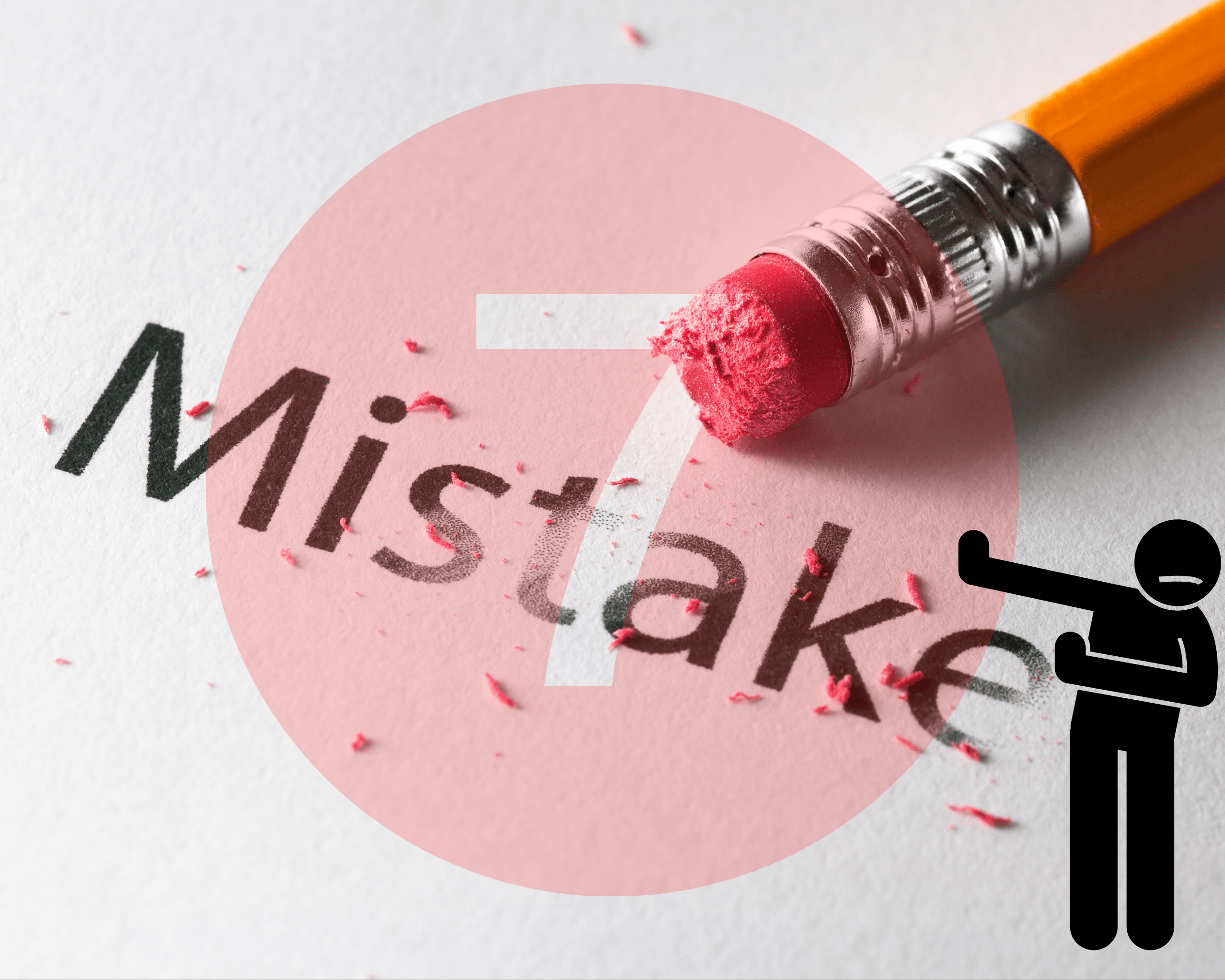Rollover equity allows sellers to reinvest part of their proceeds into the buyer's business rather than taking an all-cash exit. While this structure can align interests and offer potential long-term gains, it also comes with risks like valuation disputes, liquidity issues, and conflicts over decision-making. To minimize these risks:
- Key Terms to Negotiate: Define rollover percentage, transfer restrictions, voting rights, and exit terms upfront.
- Structure Options: Choose between direct equity, NewCo formations, hybrid models, or management rollovers based on deal goals.
- Future Planning: Address exit timelines, distribution preferences, and protections like anti-dilution clauses.
- Seek Expert Advice: Work with financial, legal, and tax advisors to ensure compliance and optimize outcomes.
- Model Scenarios: Analyze best- and worst-case outcomes to understand potential returns and risks.
What Is Rollover Equity and How It Works
Rollover Equity Basics
Rollover equity is a way to address valuation uncertainties and align the interests of buyers and sellers during a business transaction. It allows the seller to reinvest a portion of their sale proceeds back into the business instead of taking the entire payment in cash upfront. Essentially, the seller retains a minority stake in the newly structured company, giving them a continued role in its future performance.
Here’s an example: if a business sells for $2 million, the seller might take $1.5 million in cash and reinvest $500,000 (25%) into the equity of the acquired company. This approach lets the seller benefit from the company’s future growth while still receiving the bulk of their payment immediately.
The process is straightforward. The buyer establishes a new ownership structure, and the seller’s ownership percentage corresponds to their reinvestment relative to the total value of the deal. This arrangement shifts the seller from a full exit to a continued stakeholder, often with both a financial interest and an ongoing role in the business.
Why Main Street and Lower Mid-Market Deals Use Rollover Equity
Rollover equity is especially common in Main Street and lower mid-market transactions because it helps bridge valuation differences and aligns the goals of both parties.
One of the biggest reasons for using rollover equity is to address valuation gaps. When buyers and sellers can’t agree on a price, this structure offers a compromise. The seller receives immediate cash based on the buyer’s valuation, while the rollover portion allows them to benefit if the business outperforms the buyer’s conservative estimates.
This setup also aligns the interests of both parties. Sellers remain invested in the business, reducing risks for buyers by ensuring continuity. This is particularly valuable in smaller deals where the seller’s knowledge, relationships, and processes are key assets. For buyers, having the seller stay involved provides expertise and stability, which is especially helpful if the buyer is new to the industry or if customer relationships are highly personal.
Rollover equity also makes financial sense. Buyers can fund larger acquisitions without overextending their financing, while sellers retain the potential for higher returns compared to an all-cash deal.
Types of Rollover Structures
Rollover equity can be structured in various ways, each with unique implications for ownership, control, and future liquidity.
- Direct equity stakes: This is the simplest approach. The seller receives shares or membership units in the existing company structure. It’s straightforward and works well when the buyer acquires the business directly without complicated financing.
- NewCo formations: Common in private equity deals, this involves creating a new holding company (NewCo) to acquire the business. Both the buyer’s investment and the seller’s rollover equity go into this entity, simplifying documentation and making future financing or exits easier to manage.
- Hybrid structures: These combine different types of securities. For example, a seller might receive common equity for their rollover amount along with preferred shares that offer specific rights or protections. Some deals also include earnout provisions, where the seller’s final ownership depends on meeting performance targets.
- Management rollover: In this structure, key employees - beyond just the seller - participate in the equity arrangement, creating multiple stakeholders invested in the business’s success.
The percentage of rollover equity varies depending on the deal size. Main Street transactions typically involve 15-25% rollover, while larger lower mid-market deals may see 20-35%. Each structure comes with its own tax implications, liquidity timelines, and risk profiles, so the choice depends on the specifics of the deal and the goals of both parties. These options lay the groundwork for negotiating and documenting rollover agreements effectively.
Important Terms in Rollover Equity Agreements
Terms You Must Address
A successful rollover equity agreement hinges on clearly defined terms that protect both parties and reduce the risk of future disputes. These terms are the core of the agreement and require thoughtful consideration during negotiations.
Rollover percentage and valuation mechanics are the starting point of the deal. This term specifies how much equity the seller will retain, usually expressed as a percentage of the total company value. It’s critical to outline whether this percentage is calculated on a fully diluted basis (including all potential shares) or based on a basic share count, as this directly affects the seller’s actual ownership stake.
Transfer restrictions determine when and how the seller can sell their equity. Most agreements include lock-up periods, often lasting two to five years, to prevent immediate liquidation. Other provisions, like tag-along rights, allow sellers to participate in a sale if the buyer decides to sell their stake, while drag-along rights ensure majority owners can require minority shareholders to join a sale, avoiding potential roadblocks.
Voting rights and governance define the seller’s role in decision-making. Agreements may include non-voting preferred shares, which provide financial benefits without granting control, or voting common shares with specific limitations. Some agreements also outline reserved matters, which require seller approval for major decisions, such as significant capital investments or changes to business operations.
Vesting schedules protect buyers from the risk of a seller leaving prematurely while ensuring fair treatment for sellers in unforeseen circumstances. Time-based vesting usually spans three to four years, while performance-based vesting ties equity retention to achieving specific business goals. Some agreements include acceleration clauses, which immediately vest equity in cases like involuntary termination or a change in ownership.
Repurchase rights allow the company or buyer to buy back the seller’s equity under certain conditions. These rights often include pricing mechanisms that vary depending on whether the seller’s departure is voluntary or involuntary. To avoid disputes, fair market value is typically determined through independent appraisals.
Planning for Future Sales and Exits
Rollover equity agreements should also address how the seller’s stake will be managed during future liquidity events, ensuring transparency and reducing potential conflicts.
Participation rights protect the seller’s ability to benefit from their investment. For example, pro rata participation lets sellers maintain their ownership percentage by contributing additional capital in future funding rounds. Anti-dilution provisions help protect against a decrease in value when new equity is issued at lower valuations.
Distribution preferences outline how proceeds are allocated during exit events. Many agreements use a liquidation waterfall, which specifies the order of payments. In simpler setups, all shareholders are paid proportionally, while more complex arrangements may prioritize certain investors with preferred returns.
Exit timeline expectations should be clearly documented. While buyers can’t promise specific exit dates, agreements often include best efforts clauses, requiring active pursuit of liquidity opportunities within a set timeframe, typically five to seven years. Some agreements also include put rights, allowing sellers to force a buyout after a predetermined period.
Information and approval rights ensure sellers stay informed about exit planning. These provisions may require regular financial updates, advance notice of sale processes, and consultation on major strategic decisions that affect exit value. In some cases, sellers with larger stakes might also gain board representation or observer rights.
Comparing Different Rollover Structures
Rollover structures vary in risk, control, and potential returns. Choosing the right setup depends on the priorities and circumstances of both parties.
| Structure Type | Ownership Rights | Liquidity Timeline | Risk Level | Control Level |
|---|---|---|---|---|
| Common Equity | Full voting and economic rights | Depends on company exit | High | Moderate to High |
| Preferred Shares | Limited voting, priority distributions | Structured exit preferences | Medium | Low to Moderate |
| NewCo Formation | Proportional to investment | Flexible exit planning | Medium | Proportional |
| Earnout Structure | Performance-based ownership | Predetermined milestones | High | Variable |
Common equity structures are straightforward but come with high risk. Sellers fully share in both the gains and losses, making this structure ideal when both parties are confident in the company’s growth potential.
Preferred shares offer more security through features like liquidation preferences and dividend rights. While they provide downside protection, they limit upside potential and reduce the seller’s control.
NewCo formations create a unified ownership structure, simplifying future transactions. This setup is especially useful in larger deals or when multiple investors are involved.
Earnout structures link ownership percentages to performance metrics over a set period. While this can lead to higher returns if goals are met, it also introduces uncertainty and potential disputes over performance measurements.
The choice of structure ultimately depends on factors like the seller’s risk tolerance, desired level of control, and liquidity goals. Sellers seeking protection may prefer preferred shares, while those confident in the business’s growth may lean toward common equity. Other considerations, such as transaction size and industry dynamics, also influence the decision.
Rollover Equity, Dilution & Upside: Know Before You Close | Private Equity Pt. 2 Masterclass Moment
5 Steps to Structure Rollover Equity Agreements
Creating a rollover equity agreement requires a clear and organized approach. One of the most critical steps is determining the company's valuation and the specific rollover amount. This step lays the groundwork for negotiations and drafting the legal documents.
Step 1: Set Valuation and Rollover Amount
Start by calculating the purchase enterprise value, which represents the total value of the company. From this, subtract the net debt (the difference between the company’s debt and available cash) to arrive at the purchase equity value. This final figure reflects the proceeds the seller will receive upon exiting.
For transactions involving different equity classes, each security type needs to be valued individually. Following ASC 805 guidelines, the Option Pricing Method (OPM) is typically used to determine fair values for these securities.
sbb-itb-a3ef7c1
How to Negotiate Rollover Equity Deals
Navigating rollover equity deals successfully demands preparation, clear communication, and a well-thought-out strategy. Both buyers and sellers need to walk into these negotiations with a solid understanding of their priorities and the market factors that could shape the final agreement.
Set Clear Negotiation Objectives
Before diving into negotiations, define your main goals and identify areas where you’re willing to compromise. For sellers, priorities often revolve around three key factors: getting immediate liquidity, retaining some upside potential, and maintaining operational influence in the business.
Start by assessing your cash needs relative to the business's overall value. This will help you determine an appropriate rollover percentage. If immediate liquidity isn’t a pressing concern, you could negotiate for a smaller cash payout and instead hold onto a larger equity stake to benefit from future growth.
If you plan to stay involved in the business, control becomes a critical factor. Decide whether you want a say in key decisions through board representation, veto rights, or specific operational roles. These terms directly influence the equity structure and should be addressed early in the discussions.
For buyers, it’s equally important to clarify priorities. If keeping the seller engaged is vital for continuity or growth, offering attractive rollover terms may serve as a strategic move rather than just a financing tool. With clear goals in mind, both parties should bring in expert advisors to refine their strategies.
Work with Professional Advisors
Rollover equity negotiations come with a host of legal, tax, and financial complexities that require specialized expertise. Here’s where professional advisors play a crucial role:
- Investment bankers help structure deals and benchmark terms to ensure they align with market standards.
- Tax advisors optimize the rollover structure for tax efficiency, particularly in areas like Section 351 exchanges or installment sale benefits.
- Securities attorneys handle the legal documentation, ensuring compliance with federal and state laws. They also negotiate provisions like drag-along rights, tag-along rights, and protective clauses for future liquidity events.
- Valuation experts are essential when dealing with different equity classes or complex capital structures. Their analyses ensure fair value determinations and help justify the deal terms to all stakeholders.
Timing matters when involving advisors. Engaging them early - ideally during the letter of intent stage - can significantly influence the deal structure, leading to better outcomes and fewer surprises later. Also, negotiate advisor fees upfront. In many deals, particularly in the lower mid-market, buyers often agree to cover legal and advisory costs up to a certain limit, recognizing that sellers need professional representation to navigate these complex structures.
Model Different Scenarios to Assess Risk
Once you’ve established your objectives and gathered insights from advisors, the next step is to model scenarios that quantify both the potential rewards and risks of the deal. Financial projections are the backbone of this analysis, and you’ll want to create a range of scenarios - base case, upside, and downside - that reflect realistic business performance over the next three to five years. These should incorporate assumptions about growth, margins, and capital needs.
Sensitivity analysis can help pinpoint the variables that have the biggest impact on your equity value. By testing how changes in revenue growth, EBITDA margins, or exit multiples affect returns, you can identify the business metrics that matter most.
It’s also important to explore various exit scenarios. Whether it’s a strategic acquisition, financial sponsor buyout, management buyout, or dividend recapitalization, each path has unique implications for equity holders. For deals involving multiple equity classes, a waterfall analysis can map out how proceeds will flow to different stakeholders under different exit values. This often highlights key inflection points where returns shift significantly, allowing you to negotiate for better positioning in the capital structure.
Don’t overlook downside protections. If you’re negotiating for preferred equity with liquidation preferences, model how these protections hold up in worst-case scenarios. Similarly, consider how anti-dilution provisions safeguard your ownership if the business needs additional funding at lower valuations.
Platforms like Clearly Acquired can simplify this process by offering tools to manage financial models, scenario analyses, and negotiation documents in a secure, centralized environment. These tools are especially helpful when multiple advisors need access to projections or when you’re fine-tuning deal structures.
Lastly, benchmark your deal against comparable transactions. Research similar rollover equity deals in your industry and for businesses of similar size. Understanding market norms for terms like liquidation preferences, board representation, and protective provisions can provide leverage and ensure your terms are realistic. By combining these data-driven insights with thorough modeling, you can approach rollover equity negotiations with confidence and clarity.
Legal and Regulatory Rules in the United States
When structuring rollover equity deals, it's essential to adhere to both federal and state securities laws. The Securities Act of 1933 plays a key role here, as it governs the registration of securities and exemptions, directly influencing how rollover equity is structured and transferred.
Securities Laws and Rollover Equity
Securities laws are central to ensuring compliance during the structuring of rollover equity deals. These regulations not only safeguard transparency but also set the framework to avoid legal pitfalls when transferring or managing equity.
SBA Loan Requirements
In addition to securities laws, lender-specific rules can significantly shape deal structures. For example, starting June 1, 2025, sellers who retain even a 1% equity stake in a business funded by an SBA 7(a) loan must personally guarantee the entire loan for a minimum of two years. This stipulation underscores the need to carefully evaluate SBA guidelines when crafting rollover equity arrangements.
Tax Treatment and Implications
Tax considerations play a crucial role in rollover equity deals, influencing the financial outcomes for all parties involved. Proper planning can help ensure compliance while optimizing tax benefits.
Conclusion: How to Reduce Risk in Rollover Equity
When structuring rollover equity, success hinges on careful planning, precise agreements, and guidance from seasoned experts. Reducing risk starts with addressing potential challenges upfront, long before they escalate into problems.
Clear and detailed agreements are essential. Every aspect - valuation methods, voting rights, exit strategies, and dispute resolution - should be explicitly outlined. Ambiguity in terms often leads to misunderstandings and disputes, so leaving no room for interpretation is key.
Expert advisors are another critical component. Navigating securities laws, tax considerations, and lender requirements can be complex, but experienced professionals can identify risks early and craft compliant structures that protect all parties involved.
Strategic planning is equally important. This involves modeling various scenarios, establishing governance frameworks, and preparing for multiple exit strategies. Questions like how equity will be valued in future transactions, what happens if performance falls short, and how decisions will be made when interests conflict should all be addressed in advance.
Proactive risk modeling and governance planning can help avoid costly disputes. Document every detail, maintain open communication channels, and include mechanisms for resolving disagreements before they spiral out of control.
For Main Street and lower mid-market transactions, rollover equity can effectively bridge valuation gaps and align buyer and seller interests. But achieving this alignment requires treating the process with the same diligence and precision as any other major business decision. A strong framework is essential to managing these risks effectively.
Platforms like Clearly Acquired provide valuable tools and expert support to help structure rollover equity in a way that minimizes risk while maximizing value.
FAQs
What are the main risks of rollover equity, and how can they be reduced?
Rollover equity involves several risks, including lack of liquidity, ownership dilution, concentration risk, uncertainty around enterprise value, and potential tax liabilities. If not managed carefully, these risks can affect both the value and flexibility of your investment.
To navigate these challenges, consider negotiating for added protections like liquidity rights or anti-dilution clauses. Spread your investments across different assets to avoid putting too much focus on a single one. It's also crucial to conduct a detailed valuation of the business to ensure the enterprise value is fair and accurate. Lastly, work with a tax advisor to anticipate and reduce any unexpected tax obligations. By taking these steps, you can approach rollover equity agreements with greater confidence and foresight.
What are the differences between direct equity stakes and NewCo formations in rollover equity, and how do they impact control and liquidity?
Rollover equity structures, like direct equity stakes and NewCo formations, impact control and liquidity in distinct ways.
With direct equity stakes, sellers retain some control and can benefit from the company’s future growth. However, this setup often limits liquidity since ownership remains directly tied to the business.
In contrast, NewCo formations create a new entity to issue rollover equity. This approach can provide more liquidity by making ownership interests easier to sell or transfer. However, it may reduce the seller’s control over the business.
Deciding between these options comes down to your priorities - whether you value maintaining influence or having greater access to liquidity - and the specific terms outlined in the agreement.
What are the key legal and tax factors to consider when structuring a rollover equity deal?
When structuring a rollover equity deal, it’s crucial to address both legal and tax aspects to reduce risks and stay compliant. On the legal side, make sure the transaction qualifies as a tax-deferred rollover under Section 721 of the Internal Revenue Code. This rule generally applies when equity is transferred into a partnership or a similar entity. To avoid disputes or compliance issues, ensure all documentation is thorough and undergoes a proper legal review.
From the tax angle, it’s important to understand when taxable events occur. Rollover equity is typically taxed when it’s sold or cashed out, so structuring the deal to defer taxes can make a big difference. Working with legal and tax professionals can help you navigate IRS regulations and steer clear of unexpected tax liabilities.





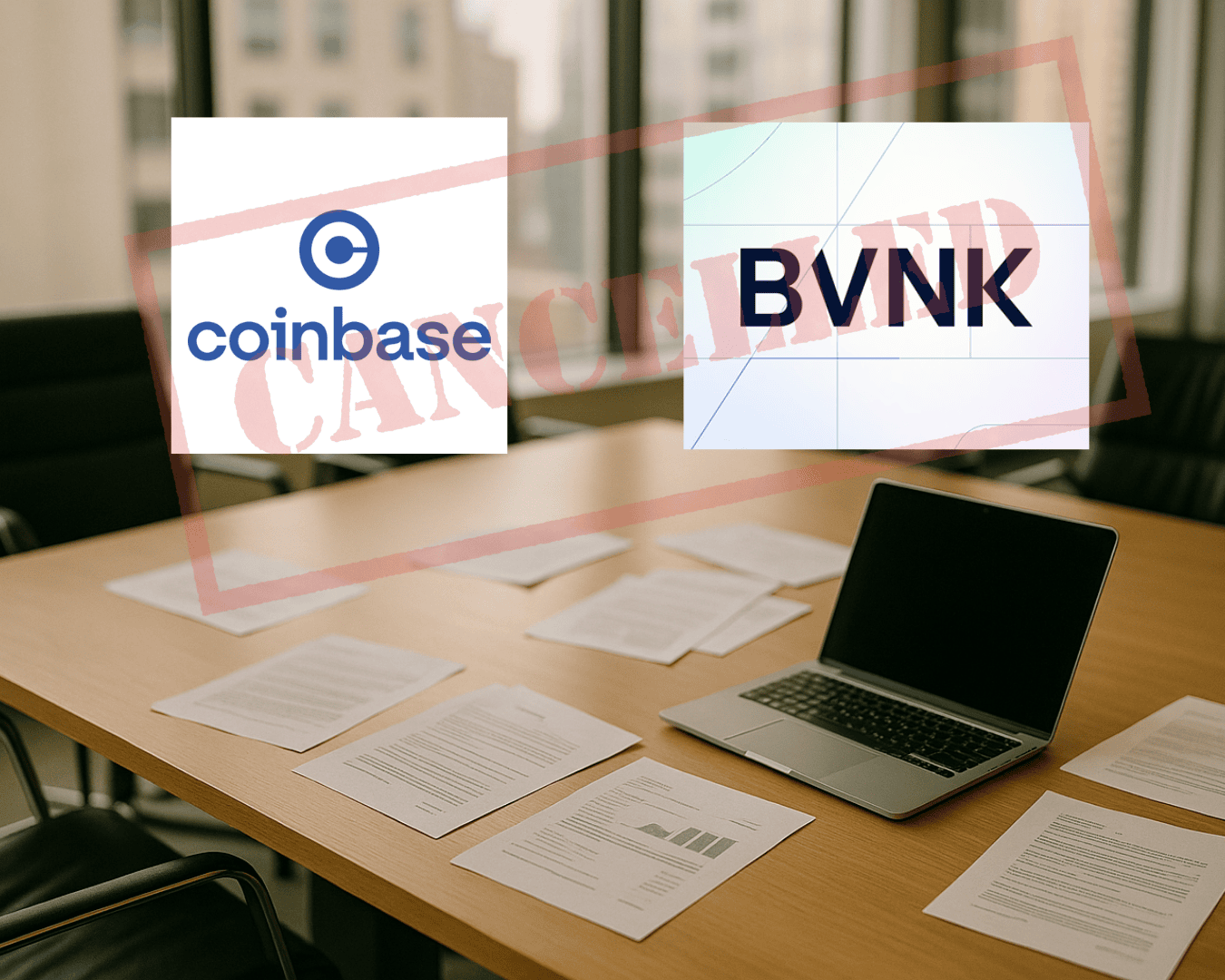









.png)
























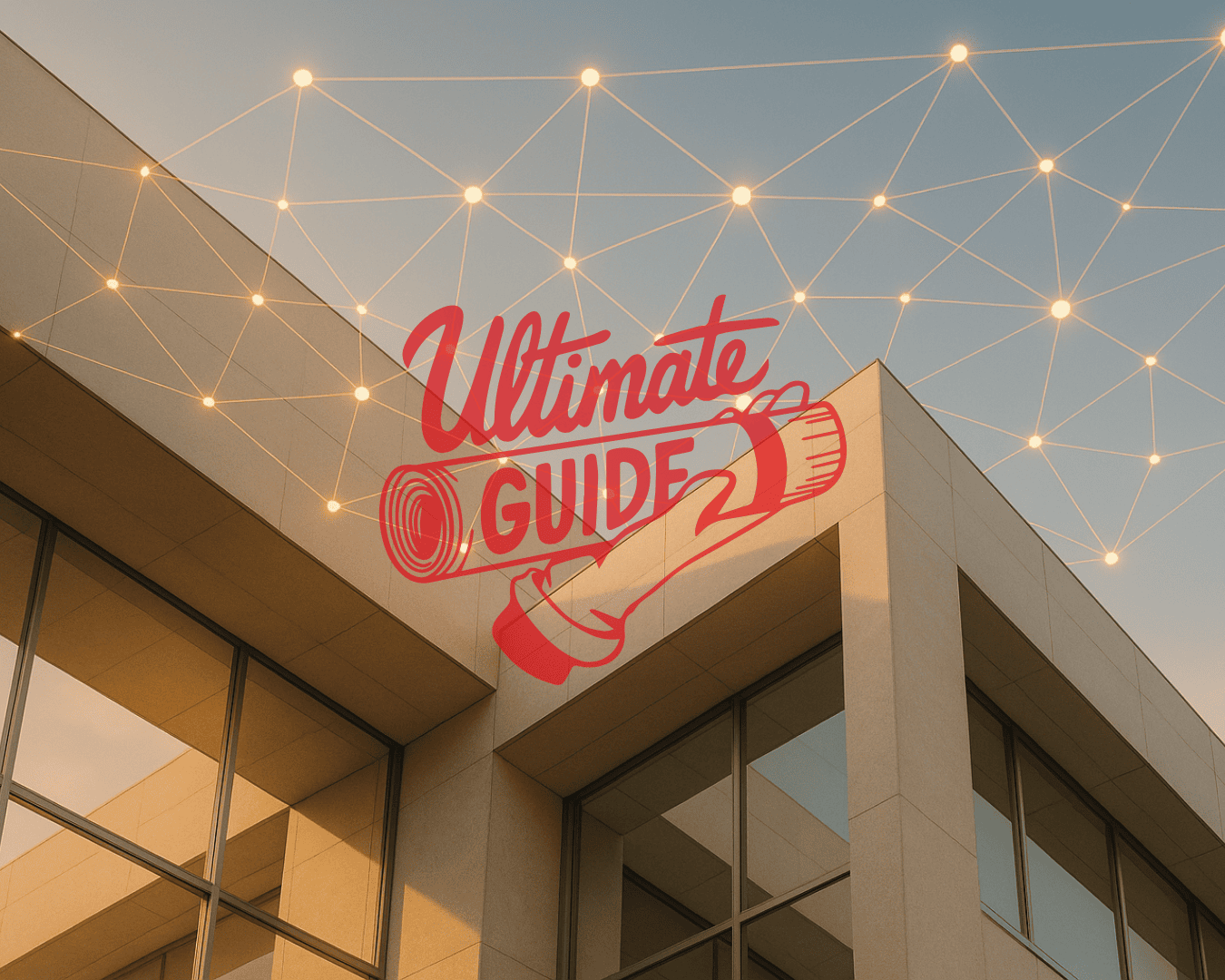



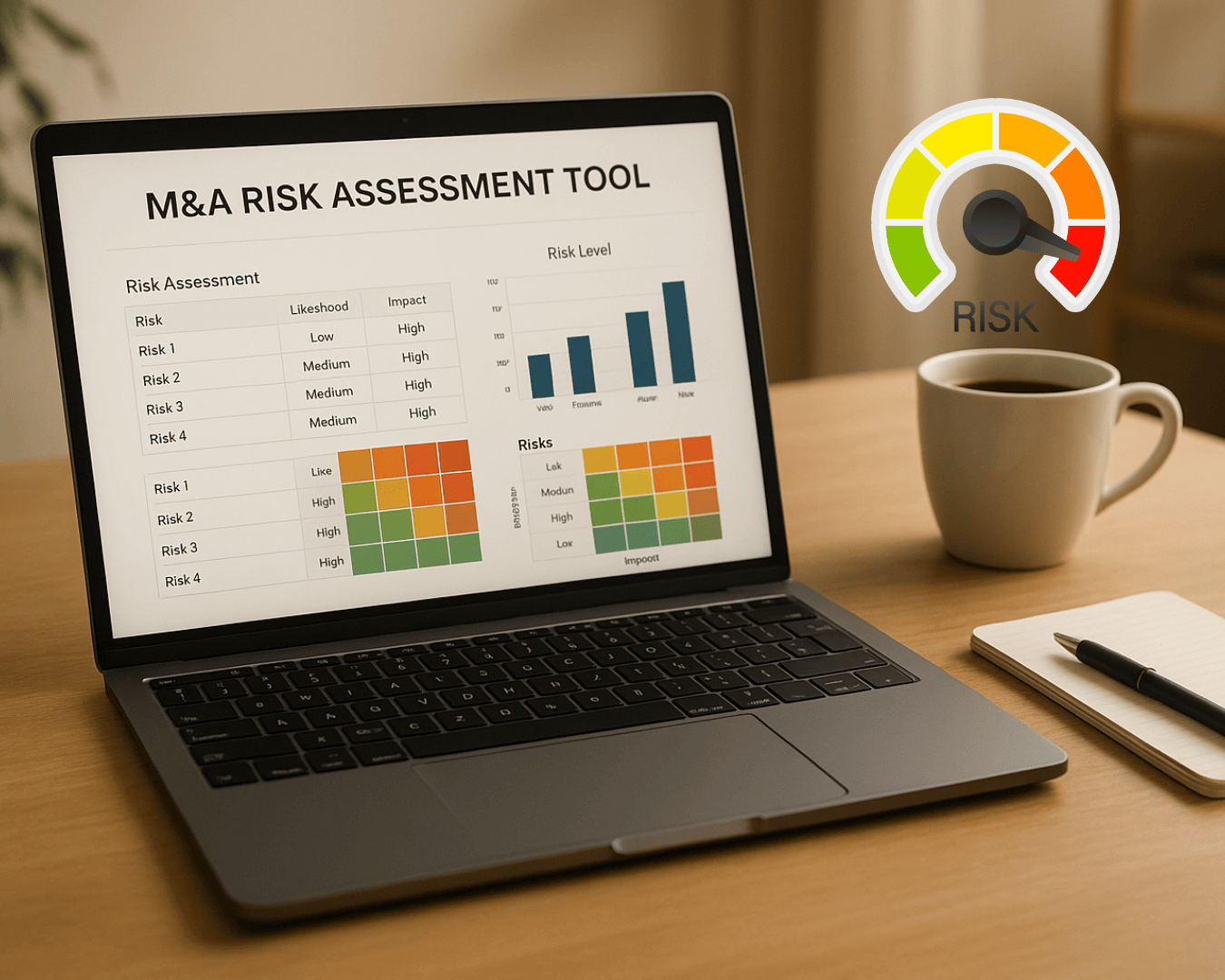

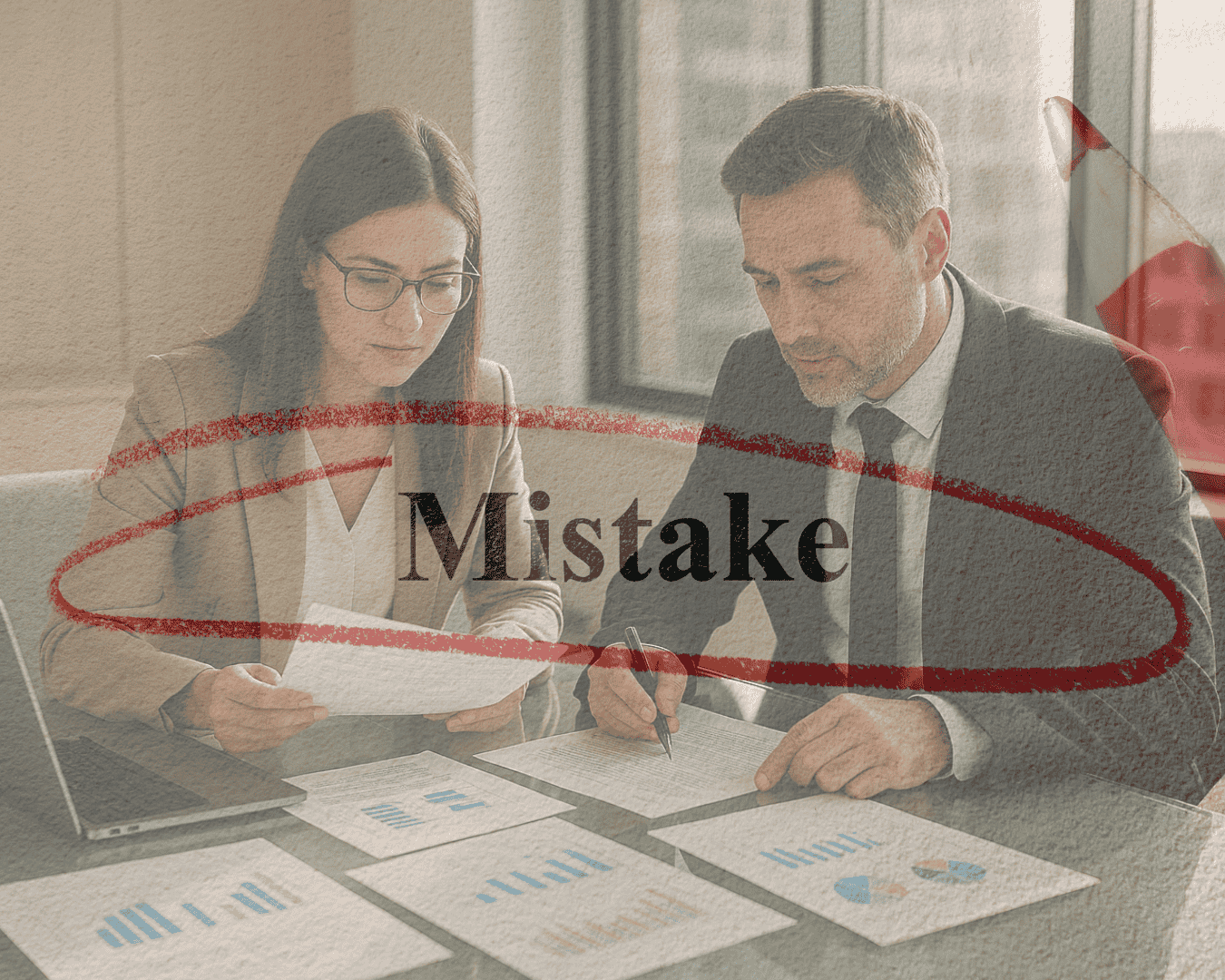
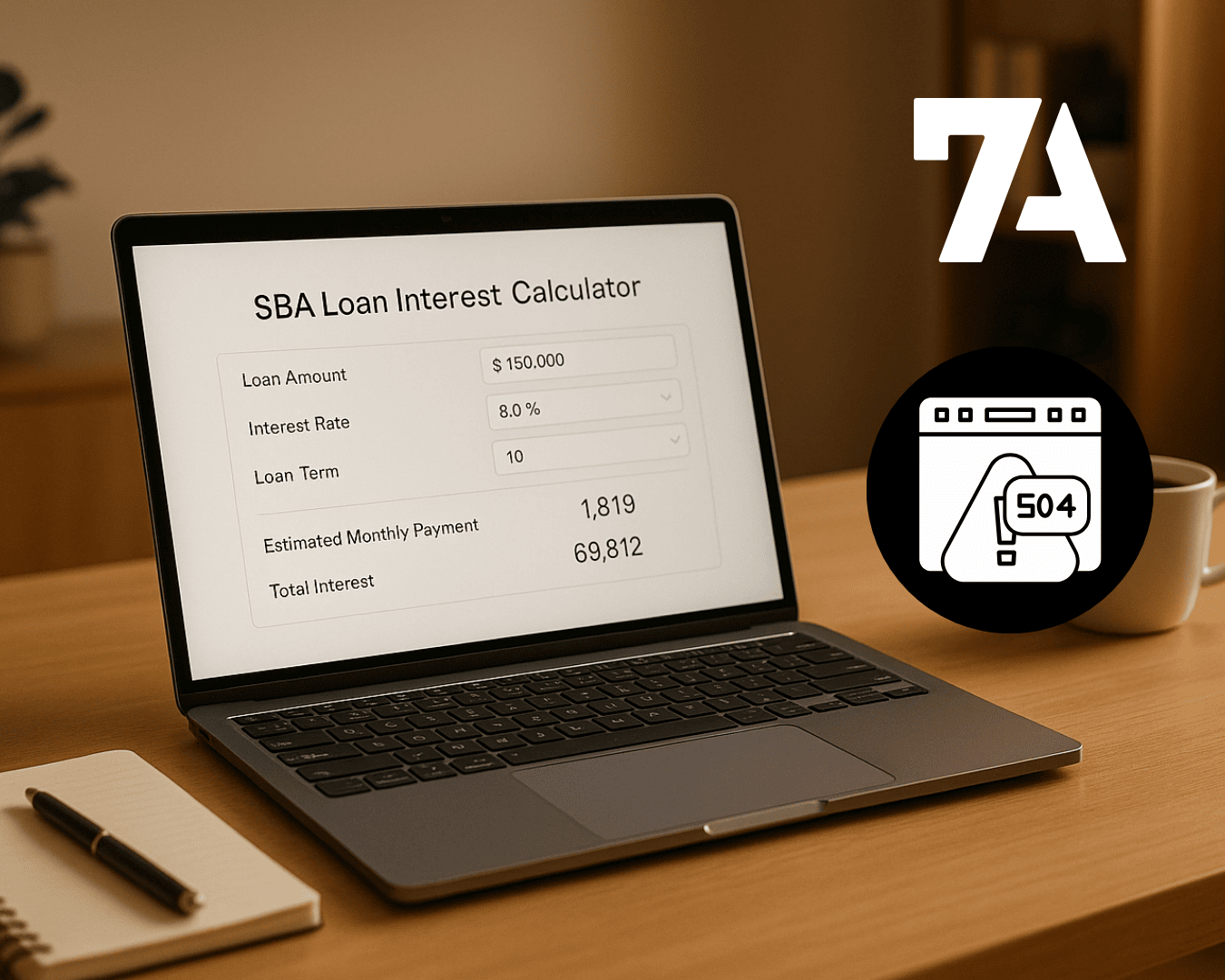








%20Loan%20Application%20Checklist.png)
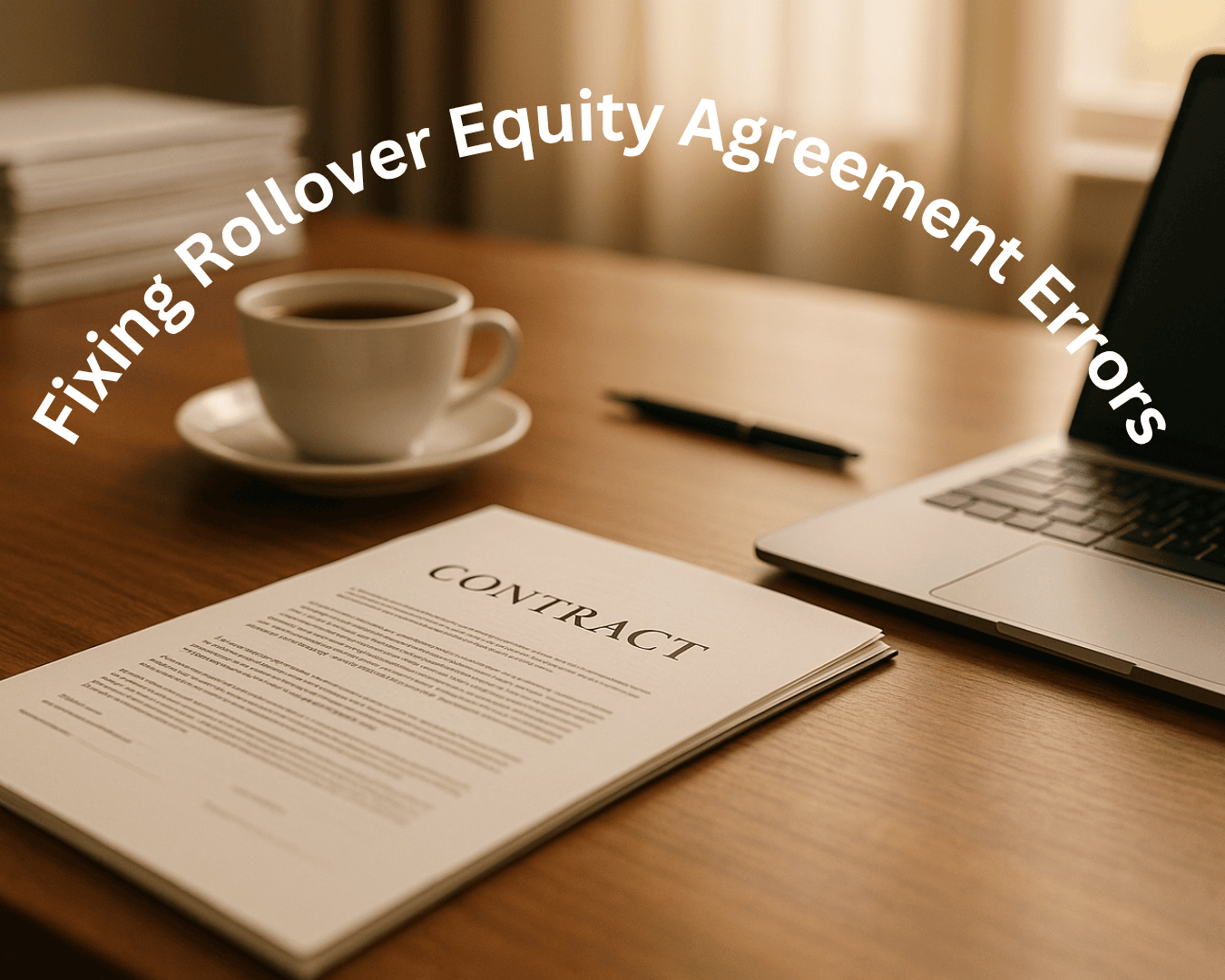
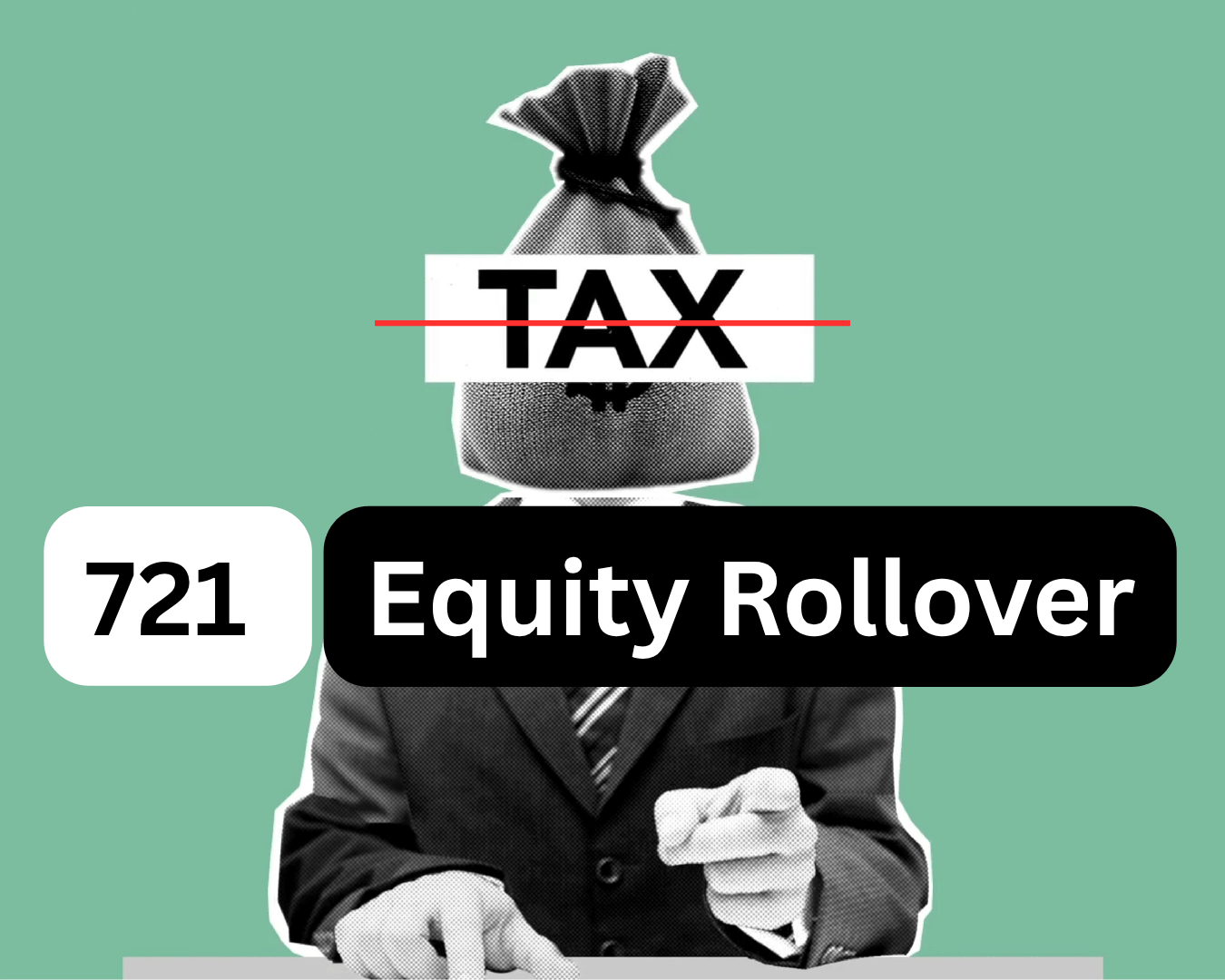
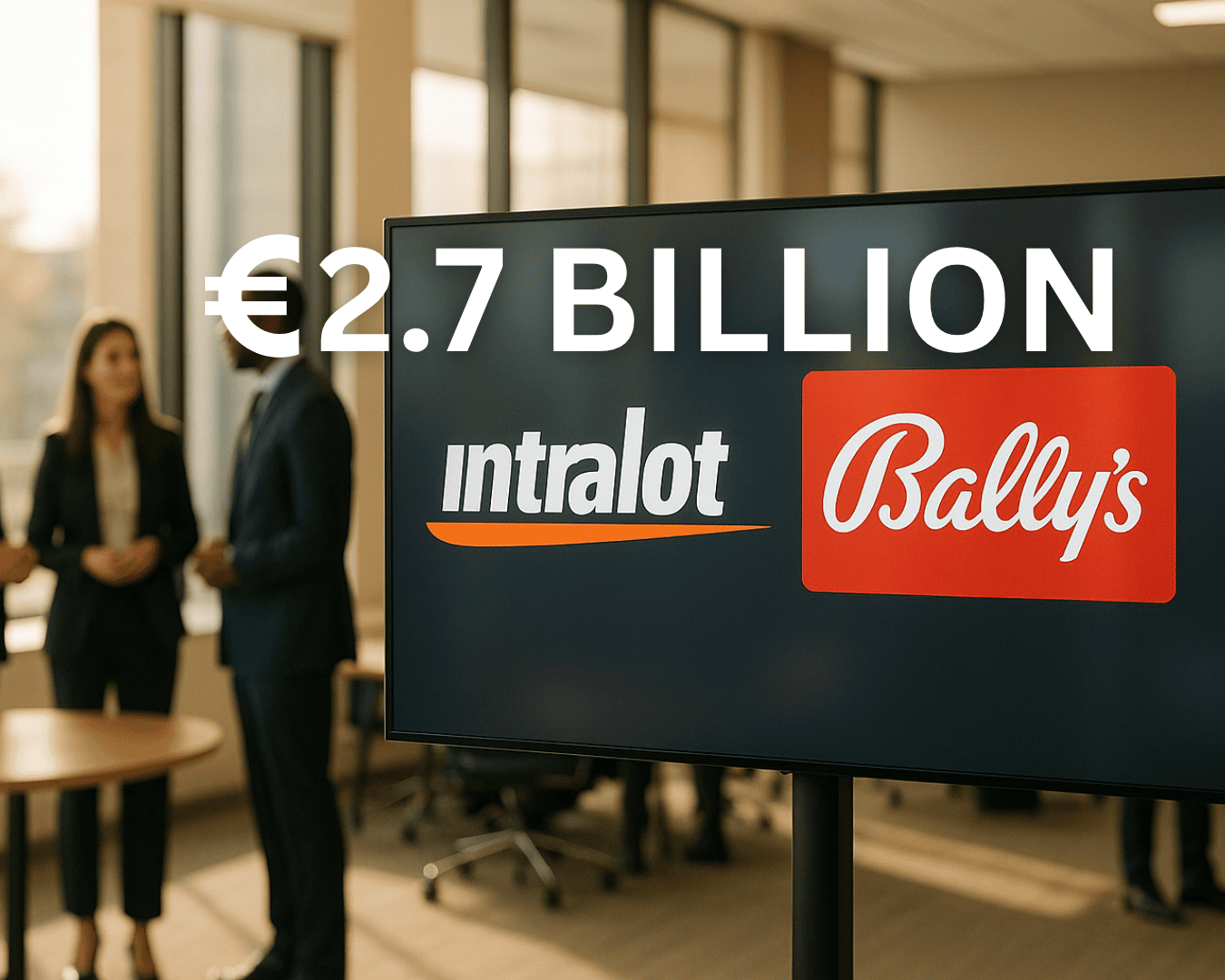










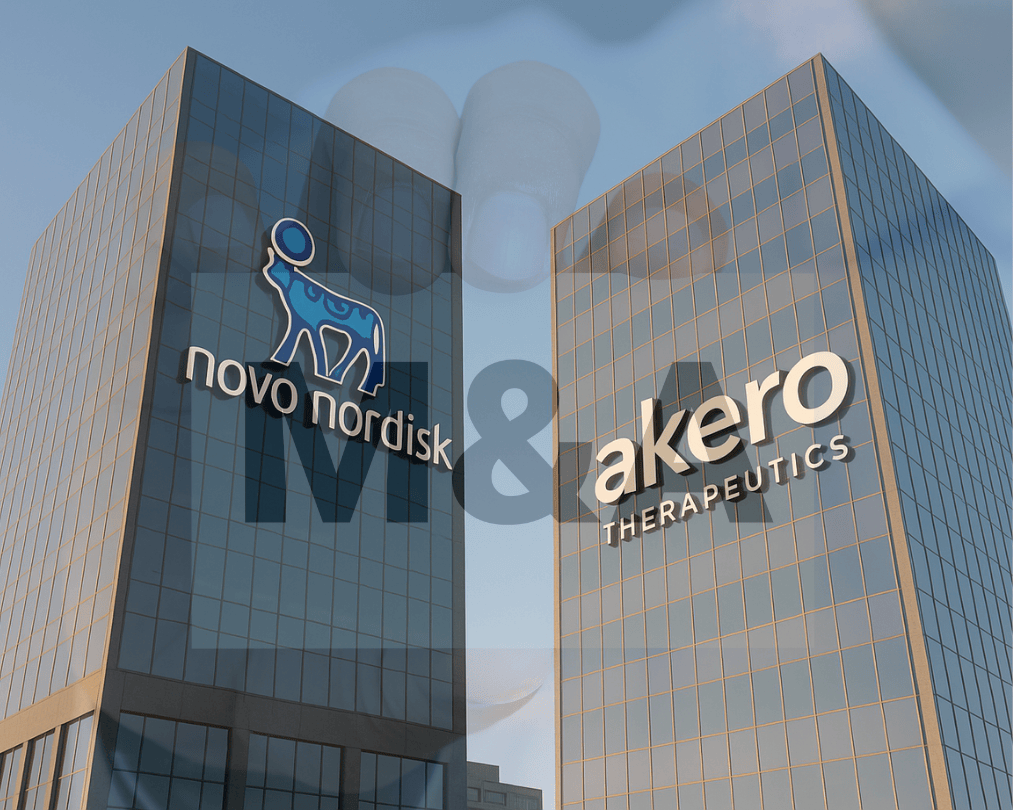



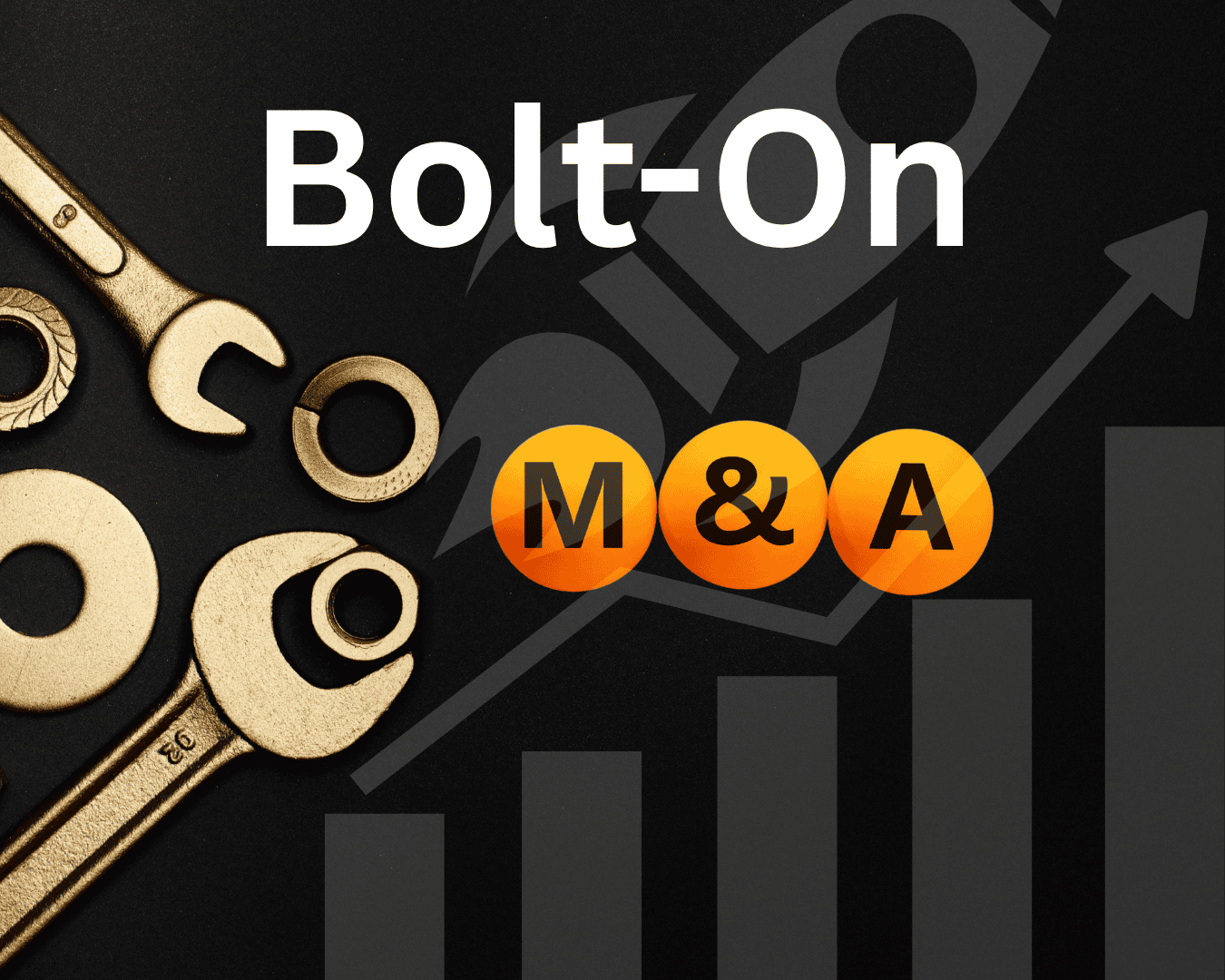










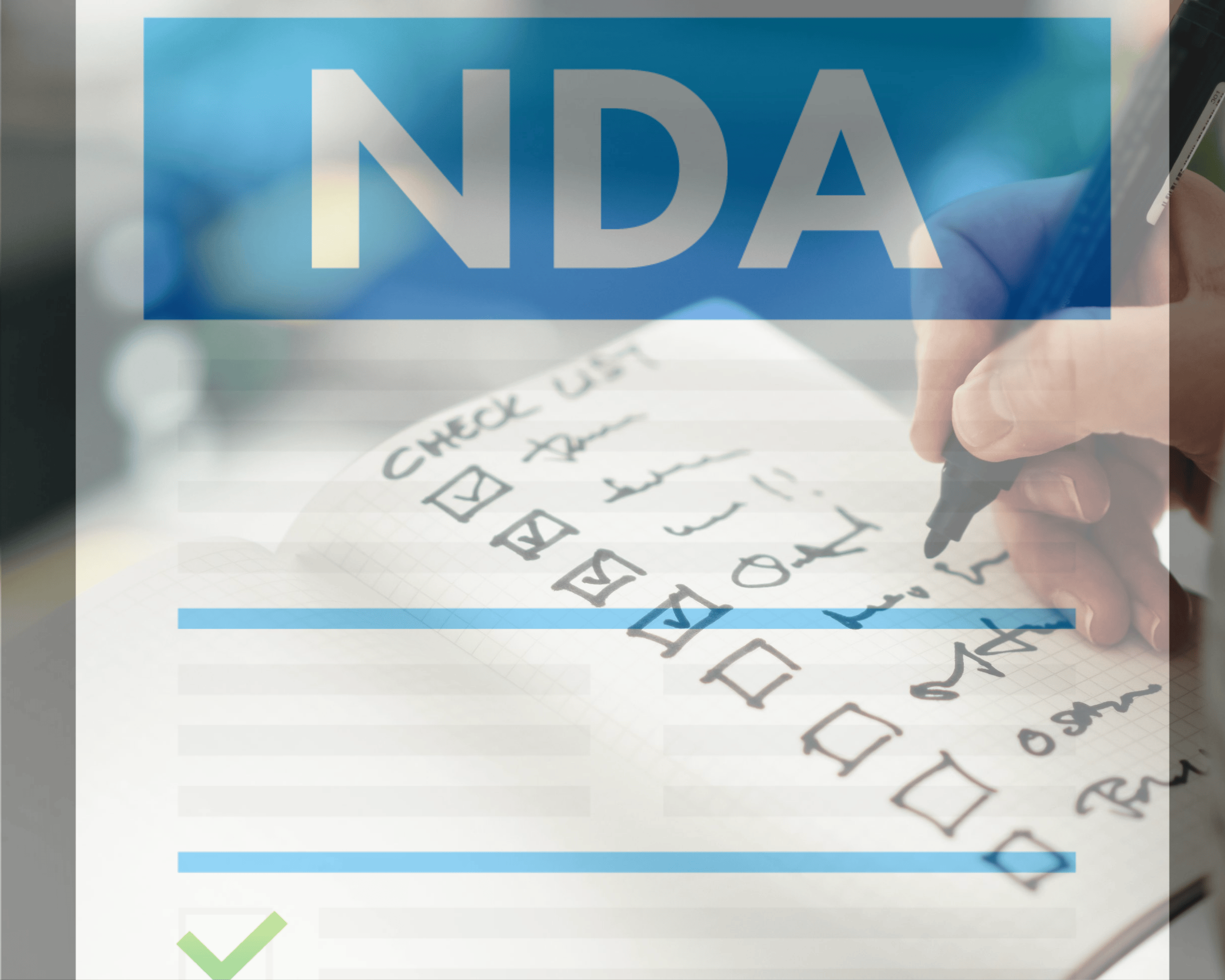










.png)
%20Loans%20%26%20Your%20Buy-Side%20Edge.png)



